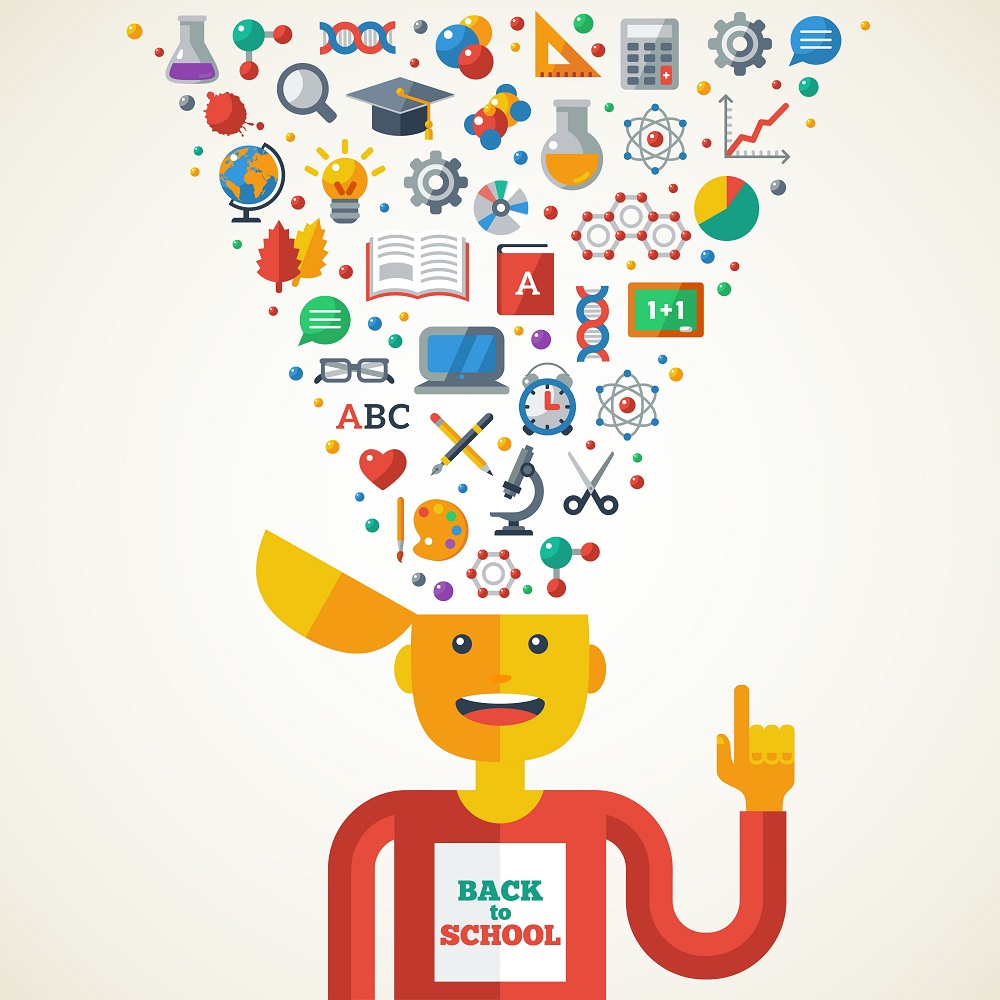For years, learning in schools has been equated to memorising. The more facts your brain can memorise, the smarter you are. But while all the ‘smart students’ can safely say that they ‘know’ or ‘can answer’ the facts correctly, can they also confidently say that they’ve understood or learned the facts? You know what’s the cosine of π/2, but do you even know what cosine even meant? I bet not.

So, while learning facts is crucial, what is more important is to learn the right way of learning. What is important is that students learn with a sense of meaning, a sense of logic. It is crucial that they learn how to ask the right questions and challenge the answers, how to solve problems and identify patterns, how to use and process information to come to the right conclusion – for these are the skills that all kids will need to be prepared to face the real world. That’s where critical consciousness plays a role.
Despite this increased spotlight on creativity, teachers still struggle to understand how to assimilate creativity in classrooms. Let’s take a look at how schools can foster educational knowledge through creativity and not memorizing and mould students after their interests.
-
Promote Active Learning
Active learning techniques engage students and promote creativity and new ways of thinking. Teachers should dedicate ample classroom time for problem solving opportunities, roundtable discussions, and even give students field work, that lets them leave their comfort zone and go out in to the real world.
When students are trapped in situations where they cannot get away without thinking, they are compelled to utilise their current and previous knowledge along with logic to come out with solutions, all giving birth to creative learning.
-
Build a Community
Creativity can cultivate only in an environment of trust. A teacher should create an environment in the classroom where everyone is free to speak and each one’s voice is heard. Encourage spontaneous interactions where students are allowed to discuss their views freely. Through games, activities and discussions, allow informal classroom time, where students talk and get to know each other. Such informal groups quite commonly become genuine groups later where students unite and learn together, not memorize.
-
Collaborate
Collaboration, where teachers come together to discuss ideas and share with each other their experiences where they have been successful with their ideas or failed miserably or the challenges they faced, goes a long way in creating an environment of safety and risk taking. Gathering ideas and passing them on to other faculty results in developing exponential creative inspiration among teachers.
-
Encourage risk-taking
Risk taking is at the core of creativity. Creativity is about making mistakes and learning from them. Teachers should exhibit experimentation and be willing to try new things, new and different ways to teaching. They should create an environment where students feel comfortable to take risks, experiment and make mistakes themselves and understand that all that is part of the learning process.
-
Connect real world experiences with text lessons
Teaching with the help of real-world applications ensures that creativity is infused in learning. Teachers that use real-world examples to explain a text book concept often create fresh teaching moments that engage students and encourage novel thinking. For example, a theoretical explanation of weather will be far less effective and boring than actually letting students go out and perform a sky watch where they observe the clouds, humidity and wind direction and note down the data. The understanding and learning with such a method will be much more profound.
Memorising few days before a test can get you good grades. But what good is it if you also forget what you’ve learned a few days later. Never memorise, and you’ll never forget. The only way to go is to always understand and learn and remember it for a life time.










